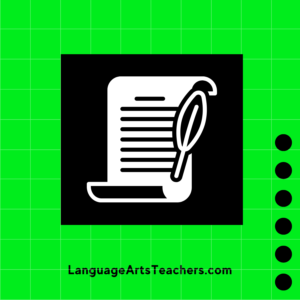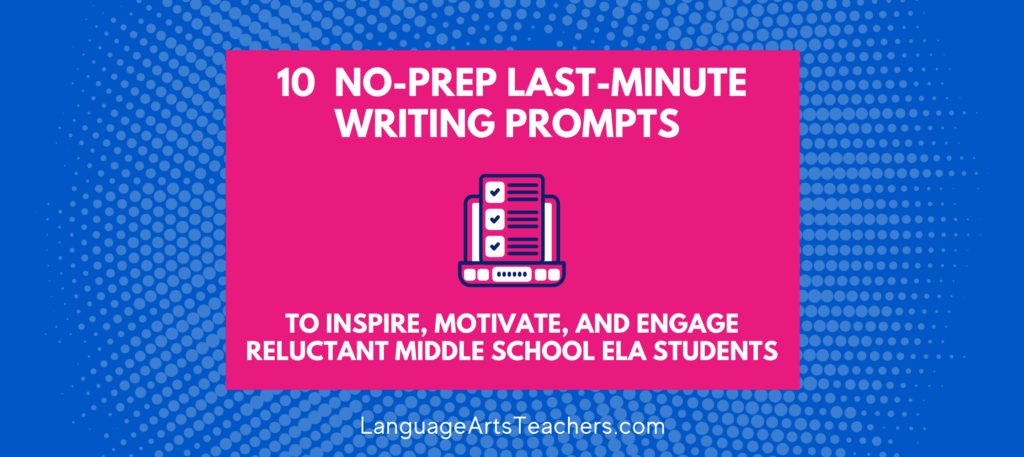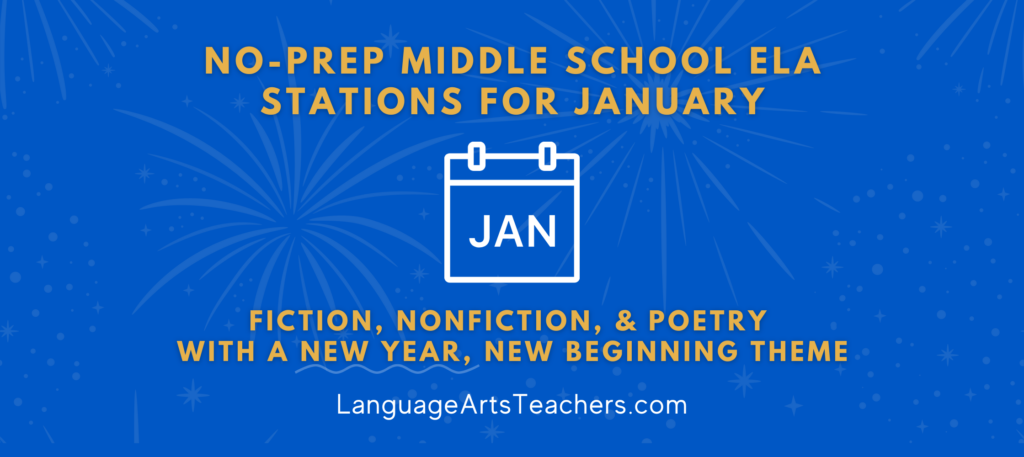Poetry, like song lyrics or drama scripts, is actually meant to be read aloud. And just like music, it’s definitely meant to be read and heard more than once!
These 6 strategies below will help ensure that you always have something to pull from so you can help your students stay engaged when it comes to reading (and re-reading) poetry in multiple ways.

(1) Punctuation is important! Have students mark where ideas end (question marks, periods, semi-colons, exclamation marks). This allows you to have them read the poem sentence by sentence rather than line by line as they tend to do (which lowers overall comprehension).
(2) Have students take turns reading different parts of the poems in different ways, aloud! Divide the poem by sentences or by stanzas or by events or descriptions (it depends on the structure of the poem). Then let them take turns reading those different parts aloud, chorally, as a class (boys vs girls, groups vs groups, teacher vs whole class, etc. . . get creative!)
(3) Students can show what they know, what they comprehend, in different ways: If the poem is descriptive in nature, let them sketch their understanding of it. If the poem tells a story, let them act it out or just pantomime the events. Definitely set a timer because it’ll turn into a long process, otherwise! It’s fascinating to discuss (analyze) how and why different student groups picked up on different elements in the poem.
(4) Up the critical thinking by letting students choose one particularly impactful piece of figurative language or imagery in the poem and re-write that part without using any figurative language or imagery. It’s tougher than it seems! Now you can discuss how a poet’s use of word choice affects meaning, affects the reader, and even alters the overall message.
(5) If students are struggling with the overall message of poems in general, or theme, or “the point” of poems, try this: Provide them with several different poems that don’t have the titles there. The task is for them to read the poems and create titles of their own. Challenge them to keep the titles to only 1 – 3 words. This makes for excellent small group work as well as fantastic discussions related to the “why” behind their titles. When you show them the “real” titles, that’s another interesting discussion to have about the poet’s intent, or meaning, or theme of the poem.
(6) Students can work in groups of 2 – 3 for this one: The task is for them to re-write the poem as a conversation between themselves and the speaker, using actual lines and quotes from the poem. One student “is” the speaker in the poem, and the other two students take turns having a conversation with the speaker by asking questions and providing comments sentence by sentence from the beginning to the end of the poem. Questions and answers between the students and the “speaker” must all be founded upon actual language and events in the poem (inferencing and text evidence). This is a great activity for your higher-level students who are in desperate need of a creative challenge!
Stop feeling like you have to choose between prepping for class and enjoying family time by clicking the button below to grab several weeks of free bell-to-bell lesson plans for 6th, 7th, and 8th grade.




